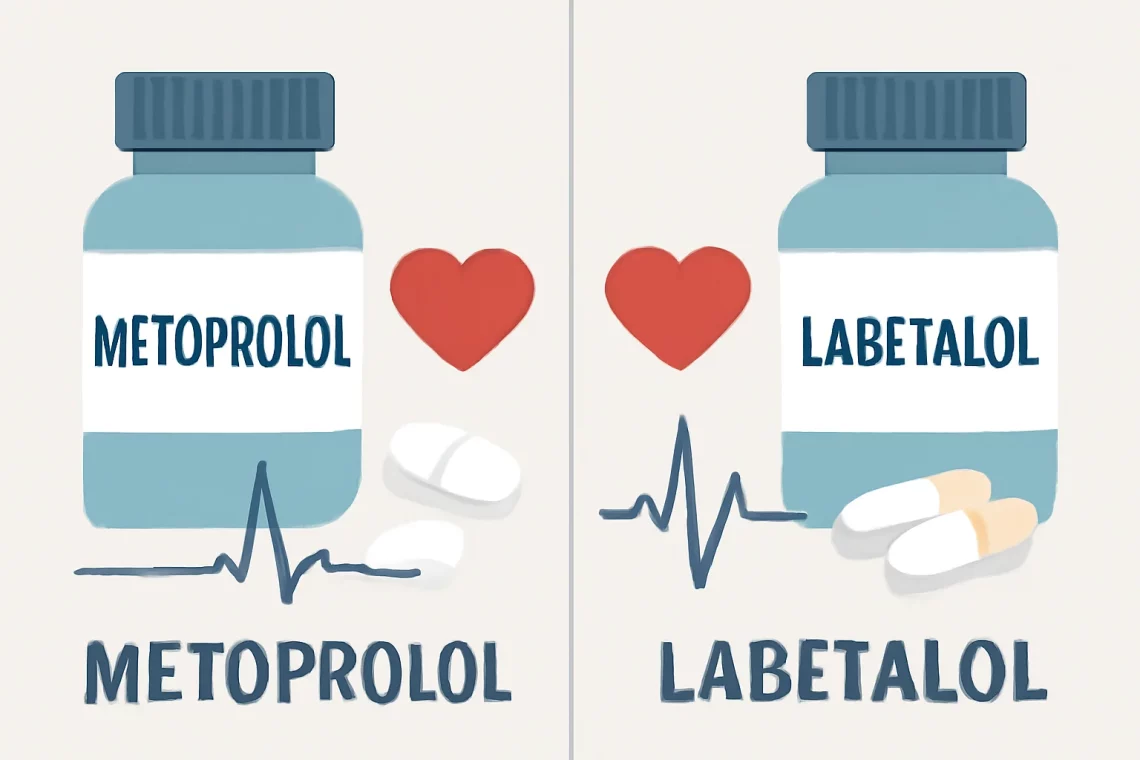-
Azithromycin vs Erythromycin: Key Differences and Uses Explained
Azithromycin and erythromycin are two widely used antibiotics that belong to the macrolide class of medications. They are both effective in treating various bacterial infections by inhibiting bacterial protein synthesis, which ultimately leads to the death of the bacteria. Both drugs are commonly prescribed for respiratory tract infections, skin infections, and certain sexually transmitted infections, among others. Despite their similarities, there are significant differences between the two that can influence a physician’s choice of treatment. In clinical practice, understanding these differences is essential for selecting the appropriate antibiotic that will effectively target the infection while minimizing potential side effects. Factors such as bacterial resistance, patient tolerance, and specific infection types…
-
Metoprolol vs Nadolol: Key Differences and Uses Explained
Metoprolol and Nadolol are two common medications belonging to the class of beta-blockers, which are widely used in the management of various cardiovascular conditions. These medications help in lowering blood pressure, reducing heart rate, and alleviating symptoms associated with heart-related ailments. Beta-blockers work by blocking the effects of adrenaline on beta-adrenergic receptors, thus decreasing the heart’s workload and improving overall cardiac efficiency. The choice between Metoprolol and Nadolol often depends on the specific health needs of the patient, the presence of other medical conditions, and how well they respond to treatment. While both medications serve similar purposes, their pharmacokinetics, side effects, and specific indications can vary significantly. Understanding these differences…
-
Metoprolol vs Labetalol: Key Differences and Clinical Uses Explained
Metoprolol and labetalol are both beta-blockers, a class of medications widely used in the management of cardiovascular conditions. These drugs work by blocking the effects of adrenaline on the beta receptors in the heart, leading to reduced heart rate and blood pressure. While both medications serve similar purposes, they differ in their pharmacological profiles, indications, side effects, and mechanisms of action. Understanding these differences is crucial for healthcare providers and patients alike, as it can significantly impact treatment outcomes. Metoprolol is often prescribed for conditions such as hypertension, angina, and heart failure, while labetalol is frequently used for managing high blood pressure, particularly in acute settings. The choice between these…











